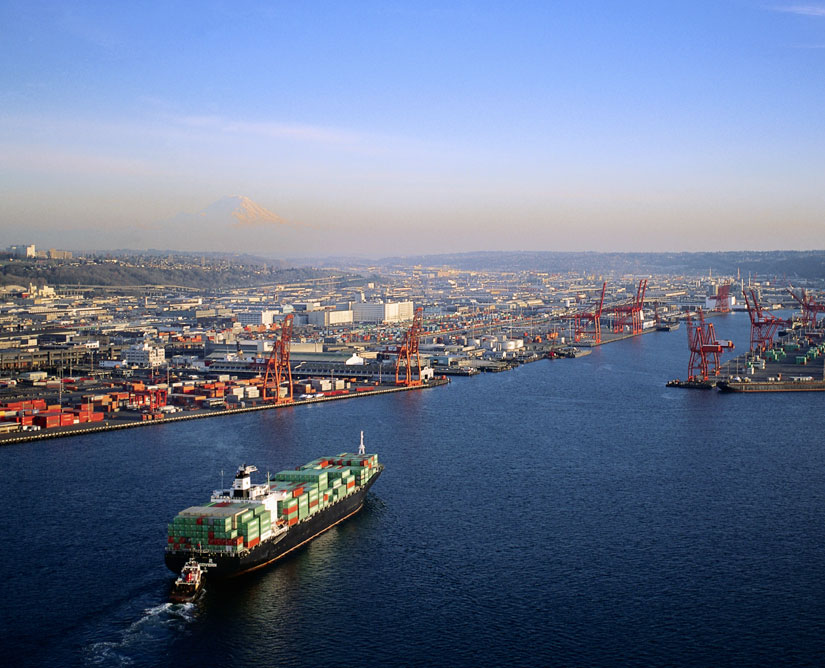Posted on DiscoveryNews: Mon Dec 3, 2012 — Analysis by Kieran Mulvaney

Washington State has become the first in the nation to set out an action plan for addressing ocean acidification. The plan follows publication of a report by a Blue Ribbon Panel established by outgoing Governor Christine Gregoire back in March.
Ocean acidification is a result of seawater absorbing approximately one-third of the carbon dioxide that has been emitted by human activities such as the burning of fossil fuels. That absorption prompts a series of chemical reactions that reduce seawater pH, carbonate ion concentration, and saturation states of biologically important calcium carbonate minerals. Since the beginning of the Industrial Revolution, the ocean’s pH has fallen by 0.1 units, which means it is approximately 30 percent more acidic than it was in the middle of the 18th century. (The ocean remains mildly basic, however, with an average pH of about 8.1.)
One potential consequence of all this is that animals and plants that use calcium carbonate to build shells and skeletons – from some phytoplankton and zooplankton to corals and ultimately shellfish – may find it increasingly hard to do so. Ultimately, it is even possible that those shells and skeletons might dissolve.
Indeed, a study published last week found evidence that pteropods – minuscule marine snails – in some areas of the Southern Ocean are showing signs of shell corrosion.
Some parts of the ocean may be particularly susceptible to ocean acidification, including the colder waters of the polar regions and areas that frequently experience seasonal coastal upwelling events, in which warm winds push surface waters away from shore, allowing colder, deeper water to climb to the surface. That colder, deeper water generally has a naturally lower pH than the water at the surface, partly because it is richer in carbon dioxide due to the respiration of microbes that decompose dead organisms.
NEWS: CO2 Output At Record High
One region where such upwellings occur seasonally is the California Current System; and a study in the journal Science earlier this year found that the combined effects of naturally low-pH upwelling, and increased CO2 absorption as a result of fossil fuel emissions, would render the surface waters of the California Current System ‘undersaturated’ for a form of calcium carbonate known as aragonite for up to 50 percent of the time. In other words, for half the year, organisms such as oyster larvae, which use aragonite to build their shells, would be unable to do so – and that’s potentially a very big problem in states such as California, Washington, and Oregon, where the shellfish industry is worth several hundred million dollars annually.
Indeed, in 2007, millions of oyster larvae began dying at the Whiskey Creek Shellfish Hatchery in Oregon, which raises oysters for farms from Mexico to Canada. Farther north, larvae began to die at Willapa Bay and Taylor Shellfish Farms in Washington. The cause was acidity in the water following a strong upwelling; and while the water that wells up from the deep contains CO2 that has been emitted 30 or 40 years previously, the event was a harbinger of what awaits as carbon dioxide levels in the ocean continue to increase.
Hence Governor Gregoire’s decision to establish the Blue Ribbon Panel, chaired by her former chief of staff Jay Manning and by former Environmental Protection Agency head William Ruckelshaus. Following its report, Gregoire signed an order that calls on the state to invest more money in scientific research, curb nutrient runoff from land, and push for cuts in greenhouse gas emissions on a regional, national and global scale.
“Let’s get to work,” Gregoire said at the report’s launch. “Let’s lead the world in addressing this global challenge.”
IMAGE: Cargo Ship at Seattle Port. (Corbis)
Read this story on DiscoveryNews.